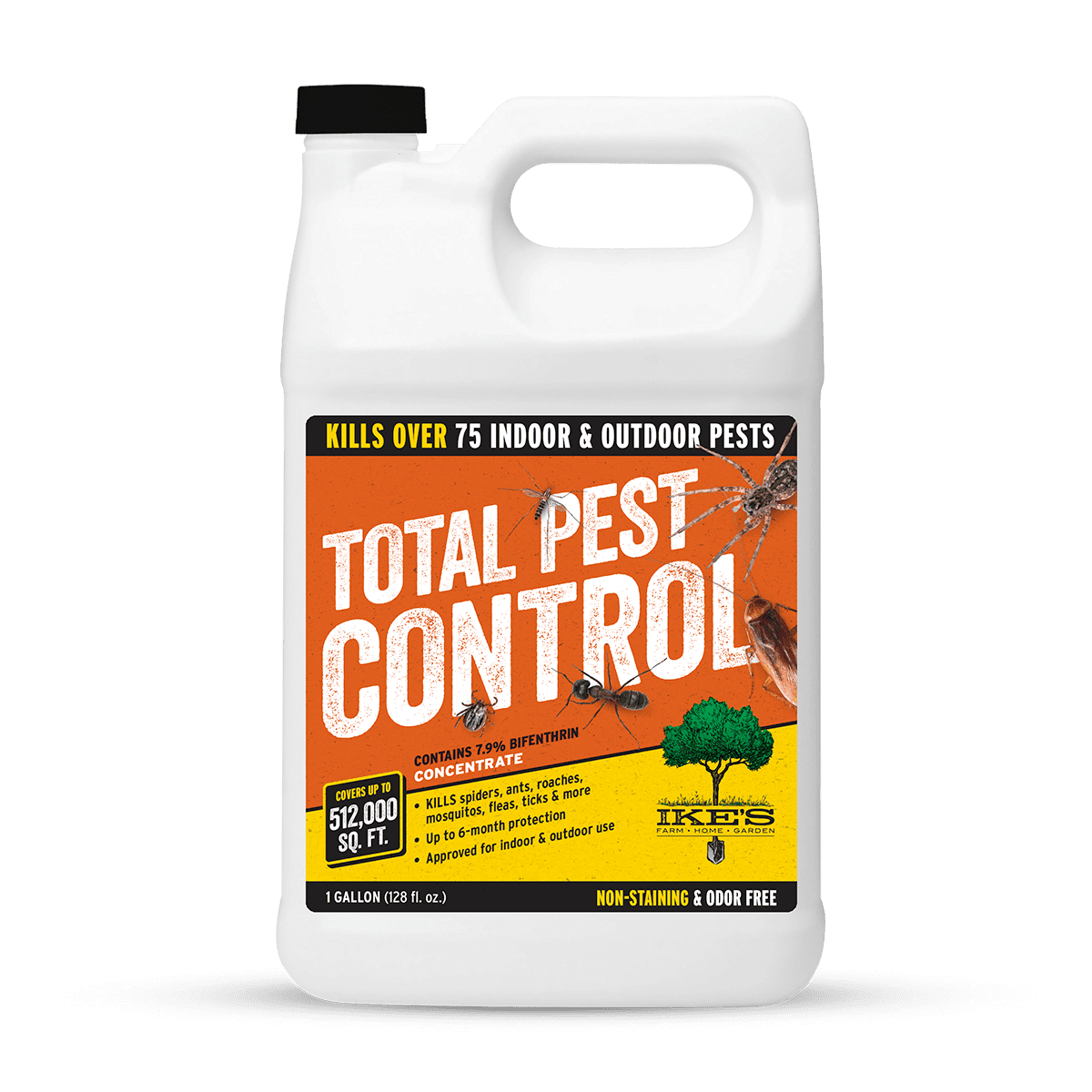Specialist A1 Charlotte Bed Bug Exterminator - High Quality Service Assured
Specialist A1 Charlotte Bed Bug Exterminator - High Quality Service Assured
Blog Article
Bed Pest Treatment Break Down: Comparing Chemical Vs. Non-Chemical Solutions
In the realm of parasite control, especially when handling the persistent problem of bed pests, the option between chemical and non-chemical treatment services can be a critical one. Both techniques provide unique benefits and disadvantages, influencing factors such as performance, security factors to consider, and total expense. By checking out the nuanced information of each technique, a more clear understanding of which course to go after in addressing a bed bug problem can be attained.
Effectiveness of Chemical Treatments
Chemical treatments for bed insect infestations have actually been commonly identified for their quick and powerful efficiency in removing these insects. When considering the performance of chemical therapies, it is essential to understand that they can supply a fast and comprehensive solution to a bed pest trouble. Expert pest control experts commonly count on pesticides to target bed bugs at different phases of their life cycle, consisting of grownups, eggs, and fairies. These chemicals generally function by disrupting the bed insects' nerves, leading to paralysis and ultimate fatality.
Moreover, chemical treatments have the benefit of using recurring impacts, implying that they can continue to remove bed bugs also after the initial application. This recurring activity is particularly advantageous in combating any possible re-infestations. Furthermore, the quick action of chemical treatments can bring alleviation to people facing serious bed bug problems, enabling them to restore control of their living spaces quickly.
Safety Worry About Chemical Solutions
One essential aspect that requires careful factor to consider when utilizing chemical solutions for bed bug treatment is ensuring the safety and security of owners and the environment. Direct exposure to particular chemicals utilized in bed bug therapies can lead to respiratory issues, skin irritability, or various other negative reactions, especially in people with pre-existing problems or sensitivities.
Furthermore, the ecological influence of chemical solutions is an additional substantial consideration. Some pesticides made use of in bed insect treatments may be unsafe to valuable bugs, wild animals, and communities if they seep into the soil or water supply. It is important to make use of chemical therapies sensibly, adhering to security guidelines, and thinking about much less toxic choices to alleviate these risks and make certain the reliable and safe monitoring of bed bug invasions.
Advantages of Non-Chemical Approaches
Taking into consideration the possible safety concerns and environmental impact associated with chemical remedies for bed pest treatment, checking out non-chemical methods provides an appealing alternative with several distinct benefits. Non-chemical therapies are eco friendly, as they do not add to air or water air pollution, making them a lasting selection for bug control.
In addition, non-chemical options can be effective in targeting bed bugs, including hard-to-reach areas where chemical therapies may not pass through. Techniques such as warmth treatment, vacuuming, heavy steam cleansing, and bed mattress encasements offer extensive elimination without making use of harmful chemicals. Moreover, non-chemical strategies can be much less disruptive, needing very little preparation and enabling quicker reentry right into treated locations. On the whole, choosing non-chemical bed insect treatment approaches not just focuses on security and environmental management but also makes sure thorough and effective pest control.
Limitations of Non-Chemical Treatments

Additionally, non-chemical treatments often need multiple applications to attain successful eradication. This can be taxing and may not always assure complete removal of all bed bugs and their eggs, particularly in concealed or hard-to-reach locations.
In addition, the success of non-chemical treatments greatly depends on correct application and thoroughness, which can be challenging for individuals without specialist expertise. Inadequate application of non-chemical techniques might result in incomplete removal, leading to relentless problems and the requirement for added therapies.
For that reason, while non-chemical therapies have their advantages, it is necessary to acknowledge these limitations and consider them when determining one of the most reliable strategy for managing bed bug invasions.
Cost Contrast: Chemical Vs. Non-Chemical Options
Provided the restrictions related to non-chemical treatments, a vital facet to assess in the context of bed pest monitoring is the expense contrast in between chemical and non-chemical alternatives. Chemical therapies normally entail the application of insecticides by specialists, which can vary from $250 to $900 per room, depending upon the seriousness of the problem and the dimension of the area to be treated. In contrast, non-chemical therapies like warmth treatment or heavy steam can be more costly, with prices varying from $1,000 to $6,000 for an entire home. While the preliminary price of chemical treatments might appear reduced, multiple treatments may be needed to completely remove the infestation, possibly enhancing the general expense. On the other hand, non-chemical options may offer an extra green and lasting service, although they can be cost-prohibitive for some individuals. Ultimately, when taking into consideration the price of bed insect treatment choices, it is important A1 charlotte bed bug exterminator to weigh the ahead of time costs versus the performance and long-lasting sustainability of the chosen approach.
Verdict

Thinking about the possible safety and security issues and environmental effect linked with chemical options for bed pest therapy, exploring non-chemical strategies presents an encouraging choice with numerous distinct advantages.Provided the restrictions associated with non-chemical therapies, a vital facet to assess in the context of bed bug management is the expense comparison in between chemical and non-chemical options. In comparison, non-chemical therapies like warm therapy or vapor can be much more costly, with expenses ranging from $1,000 to $6,000 for a whole home. While the initial cost of chemical treatments may seem reduced, multiple treatments may be called for to totally get rid of the infestation, potentially increasing the overall cost.In verdict, when comparing chemical and non-chemical bed bug treatment alternatives, it is necessary to think about performance, safety and security, benefits, restrictions, and expense.
Report this page